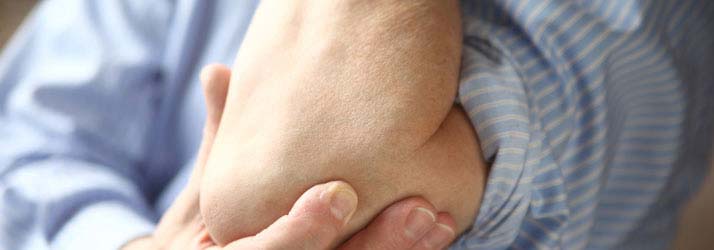Heat Therapy In San Francisco

Heat application is an effective therapy in pain relief. Because heat promotes inflammation it is most beneficial for the later stages of treatment after the initial swelling has subsided. It is a conservative approach to relieve pain and bring new inflammation to the area to aid in healing. There are multiple types of heat that can be applied to speed up your recovery. Contact our San Francisco chiropractic team today to learn more or continue reading below.
Types of heat therapies
Superficial heat can be performed at home and in office. It is known for its ability to relax the muscles, improve blood flow, and sedate nerve endings providing relief of pain. Examples of superficial heat are hot packs, hot towels, infrared lamps, electric blankets, a sauna or steam bath, and many more. They are called superficial because they only heat the outermost layer of the tissue. The recommended treatment time for superficial heat application is 20-30 minutes to obtain maximum benefit.
Deep heat is usually performed by a trusted healthcare professional, such as your chiropractor. The most well-known deep heater is therapeutic ultrasound. It is an effective therapy in breaking adhesions, softening scars, relaxing muscles, improving blood flow, relieving pain from muscles, tendinitis, and bursitis, and trigger point relaxation. Deep heat should not be performed on children or areas where there is excess fat to avoid burns. Ultrasound should never be performed for greater than 15 minutes.
Heat should not be applied in those with bleeding tendencies such as hemophilia, those with loss of sensation such as diabetes, over an area of malignancy, and in those who have difficulty regulating body temperature such as the very young or elderly.
Contrast therapy is an effective tool in promoting healing. Contrast therapy is the alternating application of cryotherapy and heat for 5 minutes each. Alternating treatment starting with cold, then hot, then cold, etc. ending with cold promotes rapid blood flow changes. During heat there is increased blood flow to the area promoting more inflammation and healing. During cold, this inflammation is removed through a decrease in blood flow allowing new inflammation to enter during the next heat phase.
- John Lutz, D.C.
New Patients:

